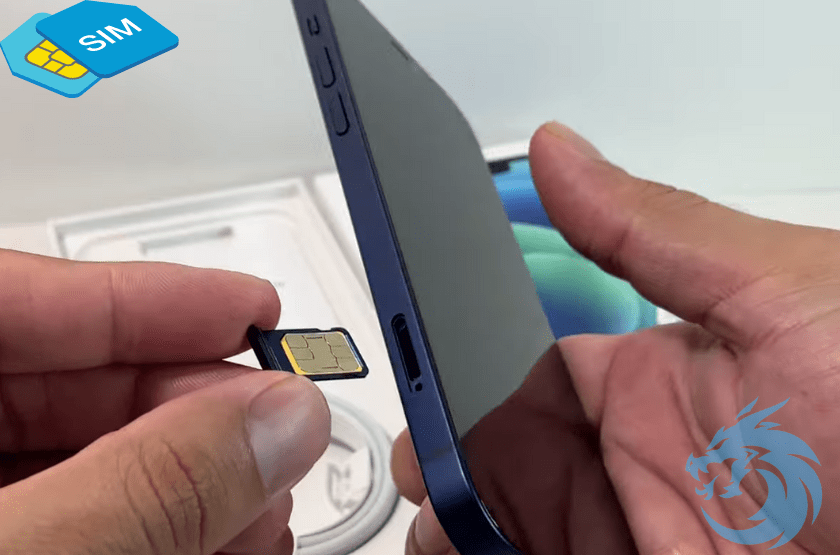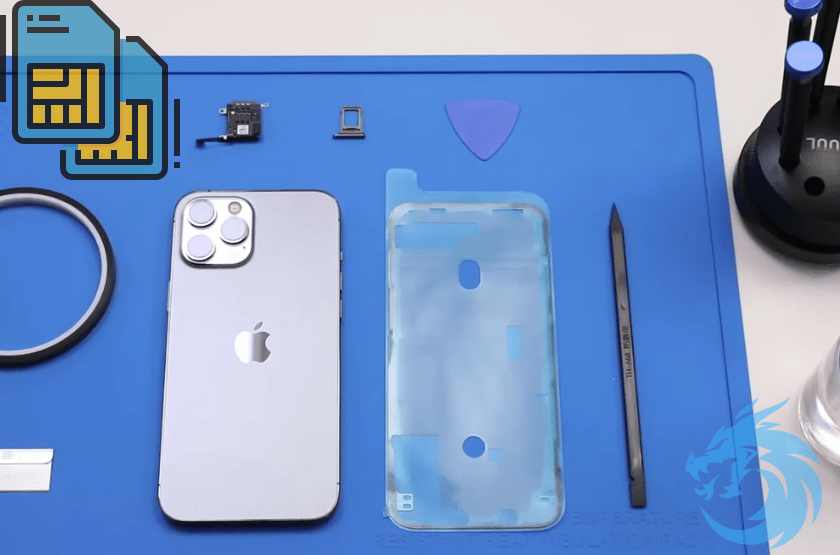SIM cards play a vital role in modern mobile devices by enabling connectivity to cellular networks, impacting compatibility and connectivity. This article delves into SIM card longevity, replacement indicators, and swapping advice.
Subscriber Identity Module (SIM) cards, available in standard, micro, and nano sizes to suit different devices, serve as removable smart cards facilitating device connection to cellular networks. They enable network providers to authenticate and identify devices. Additionally, emerging 5G technology introduces virtual eSIMs embedded directly into phones. Regardless of the type, SIM cards store unique data from your cellular provider to enable essential services.
The Role and Structure of SIM Cards
A SIM card, or Subscriber Identity Module card, is the small, removable smart card that enables mobile phones and other devices to connect to a cellular network. The SIM card allows a network provider to identify and authenticate your device.
SIM cards come in different sizes, including standard, micro, and nano models to fit various devices. New 5G technology also utilizes virtual eSIMs that are embedded directly into the phone. Regardless of type, SIM cards contain unique data from your cellular provider to enable services.
When Do SIM Cards Typically Need Replacement?

The average lifespan of a reliably manufactured SIM card is 5-7 years of regular use. However, with proper care and infrequent swapping between devices, some SIM cards may outlast a decade before needing replacement.
On the other hand, faults in materials and construction can shorten a SIM card’s viability to less than 5 years. Extreme wear and tear or frequent swapping between phones also deteriorates SIM cards faster. The way you use your device impacts longevity as well. For example, heavy daily usage degrades SIM cards quicker than lighter periodic usage.
Warning Signs Indicate a Failing SIM Card
More often than not, clear indications will emerge signaling it’s time to replace an aging or damaged SIM. Common warnings include:
Frequent Loss of Connectivity
If your mobile device begins struggling with signal strength, dropped calls, and failing data connectivity, the root of the problem may lie with your SIM card.
Visible Damage
Cracks, chips, scratches, or bends on the physical SIM card can prevent proper contact and create connectivity issues. Damage may occur from drops, accidents, or normal wear and tear over time.
Upgrading Phone Service
When purchasing a new phone that’s incompatible with your current SIM card’s shape or technology, replacement will be required to transition service.
Key Factors that Shorten SIM Card Viability

Myriad variables impact the usable lifespan of a SIM card. Be mindful of these factors:
- Manufacturing Quality
Low-grade materials, shoddy standards, and general poor construction will drastically shorten a SIM card’s lifespan. Reputable brands tend to produce more durable options.
- Intensity of Use
Frequently swapping a SIM between devices increases wear. Heavy usage on a daily basis also degrades more rapidly than lighter use.
- Advances in Cellular Tech
New mobile data networks emerge every few years. Upgrading to access the latest and fastest services may require a new SIM card compatible with modern network standards.
Recommended Replacement Frequency
So when should you replace your SIM card to maintain optimal connectivity?
Every 5-7 Years
For moderately used SIM cards, aim to replace every 5-7 years as a matter of course. This matches the average functional lifespan of solidly manufactured SIM cards.
With Each New Phone
When purchasing another device, take the opportunity to swap your SIM for a fresh replacement—especially if your new phone utilizes a different size like nano SIM. This ensures compatibility.
Upon Visible Damage
At the first sight of physical deterioration like cracks or chips, replace your SIM card. Visible damage typically undermines performance quickly.
Making a Smooth Transition to a New SIM

When taking the initiative to replace your SIM card, follow these best practices:
- Purchase from Carrier
For a seamless switch, directly purchase a replacement SIM from your mobile carrier. This guarantees proper activation and alignment with your existing account.
- Backup Data
Before swapping the SIM, fully back up your smartphone data to the cloud or other storage media. This makes restoring information to your phone easy post-replacement.
- Recycle Properly
Don’t simply toss an old SIM in the garbage at replacement time. Various retail locations accept used SIM cards for responsible e-cycling and materials reclamation.
Conclusion
SIM card technology underpins the functionality of all modern phones and mobile devices. While built for resilience, general wear plus technological shifts means SIM cards require replacement every 5-7 years on average, if not sooner. Upon any visibility issues with connectivity or visible damage, swap in fresh SIM card without delay.
